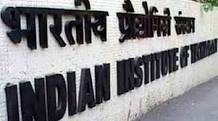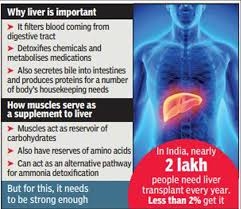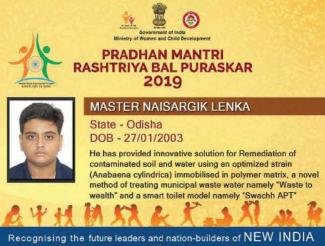
Iconic old city area along Ganga to be transformed under Area Based Development
Rs.2,520 cr to be spent on rejuvenation of ghats, infrastructure, e-governance to turn Smart
One of the ancient cities of the world, Varanasi seeks to acquire smart city features through retrofitting of an area of 1,389 acres in the iconic old city area along the Ganga River besides enabling e-governance for the benefit of the people of the entire city. Based on the Rs.2,520 cr Smart City Plan submitted by the city government, Varanasi was yesterday declared by the Minister of Urban Development Shri M.Venkaiah Naidu as one of the new batch of 27 cities selected for financing smart city development plans.
The Smart City Plan of Varanasi aims at turning the city into a ‘Suramya, Samunnat, Surakshit, Sanyojit, Nirmal and Ekikrit Kashi’ by addressing the present bottlenecks in infrastructure and city governance.
After considering nine locations of the city and based on voting by over four lakh citizens “old city with Ganga as its pivot and Kashi Vishwanath Temple defining the awe, ethos, beliefs and the preferences of the masses, emerged as the forerunner for Area Based Development” said the city government in the smart city proposal. E-governance and integrated traffic management were prioritized for technology based Pan-city solutions.
The old city area chosen for area based development accounts for 7% of city’s geographical area, 31% of population and 38% of city’s GDP. Rs.1,659 cr cr will be spent on area development and Rs.618 cr on Pan-city solutions. The rest includes technical and administrative expenses and other contingencies.
With about 65 lakh tourists visiting the city every year, the proposal for Varanasi seeks to leverage the city’s rich cultural heritage by enhancing the city’s presentation and appeal (Suramya) to take full advantage of tourism potential and ensure socio-economic growth (Samunnat) for increased employment opportunities, ensuring security (Surakshit), enabling hassle free movement (Sanyojit), cleanliness (Nirmal) and integrated, technology based governance (Ekikrit) for Simple, Modern, Accountable, Responsive and Transparent services.
Under retrofitting of the area chosen for development through necessary interventions, works proposed to be taken relate to rejuvenation of ghats and temples, ensuring assured supply of power and water, waste management, improvement of waterways, development of 11 parks, smart multi-level parking spaces, cultural-cum-convention centre, Kahsi Kala Dham, Town Hall, Silpi Haat, Centre of Excellence with Hall of Fame, Light and Sound Show, Night Bazar, rejuvenation of water bodies, pedestrian pathways, Non-motorised transport, Energy Efficient Street Lighting etc, underground cabling, improved sign boards etc.
With citizens voting for improving of city governance and quick urban mobility as the two priorities for technology based Pan-city Solutions, the Varanasi Municipal Corporation has proposed Optic Fibre Connectivity across the city, online payment of utility bills and service delivery, intelligent traffic management systems including GPS on buses, e-booking of boats, guides, taxis etc, CCTV based monitoring and surveillance, e-Suvidha centres, information delivery on Mobile Apps, Smart Card for all services etc.
Public-Private Partnership (PPP) model has been proposed for smart multi-level parking spaces, upgradation of stadium, Internet Modal Hubs, battery operated buses, e-auto for last mile connectivity etc.
The Smart City Plan of Varanasi aims at increasing tourist inflow by over 25% and increase in revenue generation from international tourists and pilgrims by over 30%.
In addition to the support from central and state government, costs of Varanasi’s smart city proposal are to be met with resources of Rs.1,290 cr through convergence of various schemes, Rs.505 cr from the Corporation’s own resources and Rs.140 cr from PPP.










